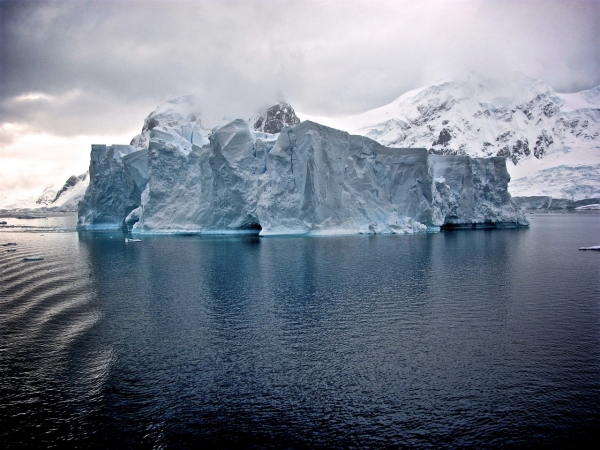When icebergs break from an ice shelf or large glacier front, they ride the ocean’s currents, spin in its eddies, shift with the tides, and are blown by the wind. Occasionally the icy drifters become stuck, grounded on a shallow part of the seafloor or trapped in a rotating mass of ocean water. Iceberg A-23A did both.
After breaking from the Filchner-Ronne Ice Shelf in 1986, Iceberg A-23A spent decades stuck to the floor of the southern Weddell Sea. It began to wiggle loose in the early 2020s, and by March 2023 the Rhode Island-sized iceberg floated unencumbered. But such freedom lasted only a year. As it drifted northward in March 2024, the berg became ensnared by a rotating vortex of water, or Taylor column, caused by currents encountering a bump on the seafloor.
While every iceberg’s journey is unique, most follow the same general path. More than 90 percent of bergs around Antarctica enter the clockwise-flowing current of the Weddell Gyre off East Antarctica and eventually escape, shooting north along the Antarctic Peninsula and finally out across the Drake Passage into warmer South Atlantic waters—an ocean route known as “iceberg alley.”
Read more at NASA Earth Observatory
Photo Credit: Pexels via Pixabay
Sci/Tech Climate Top Stories
